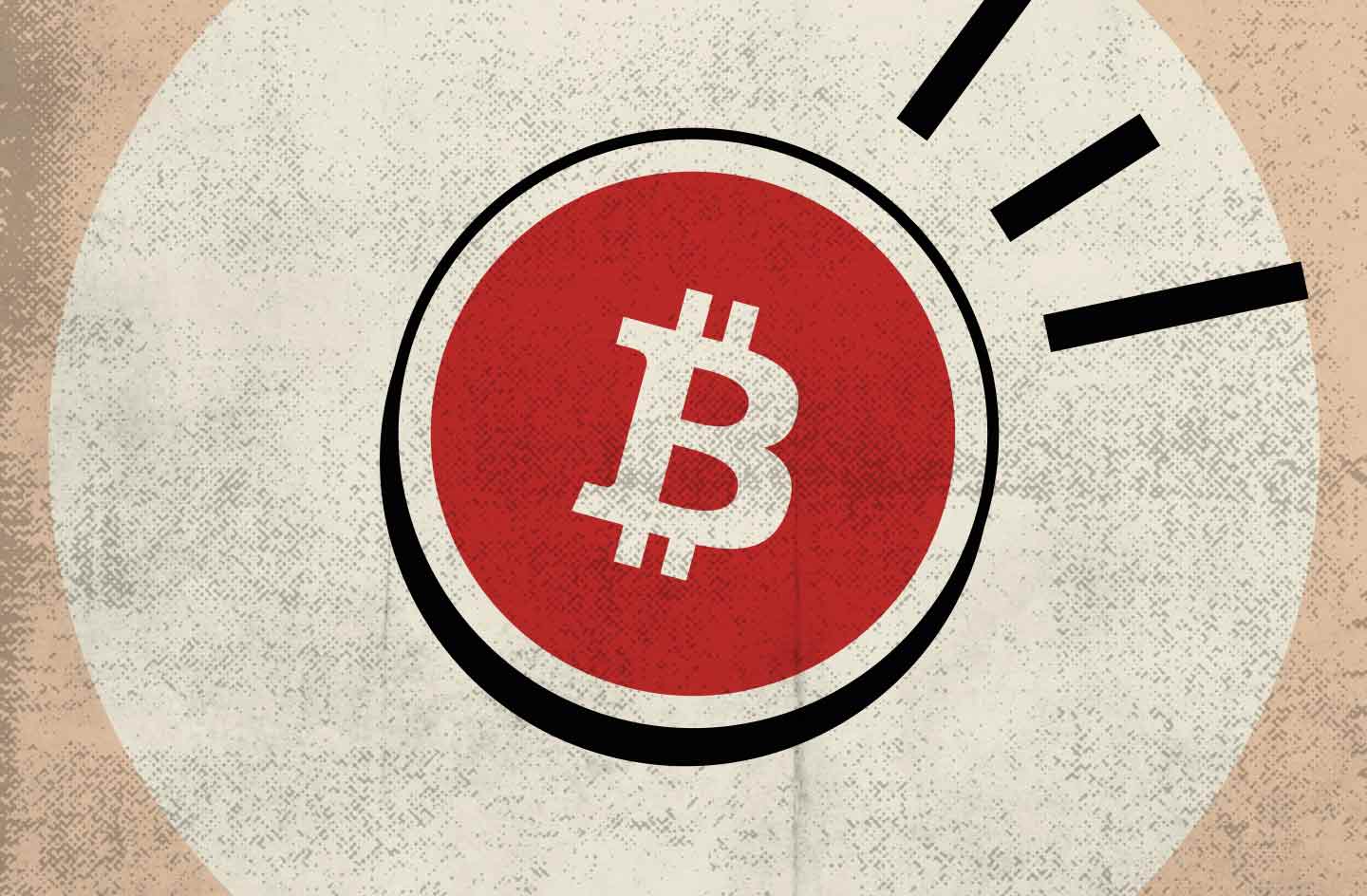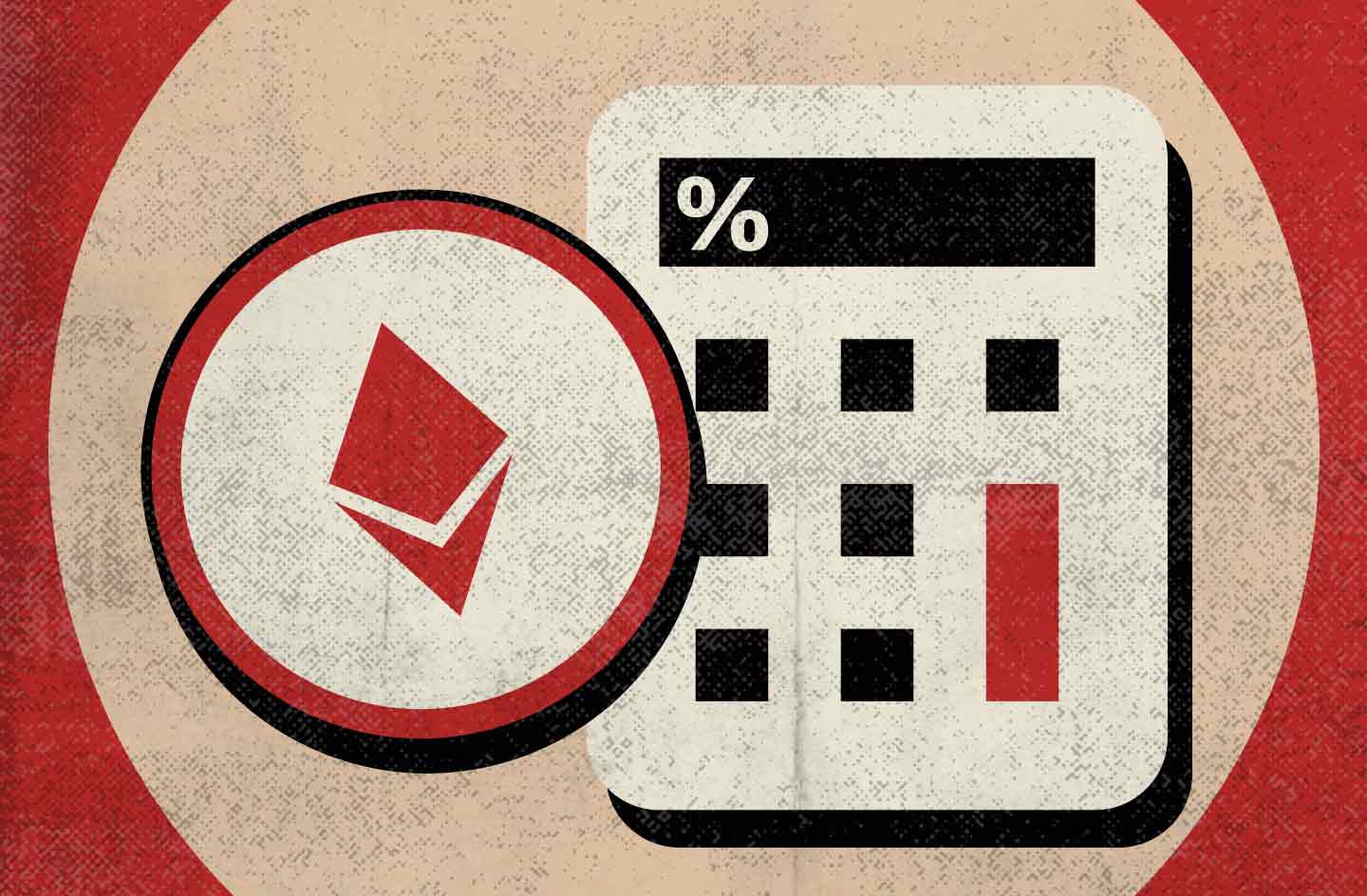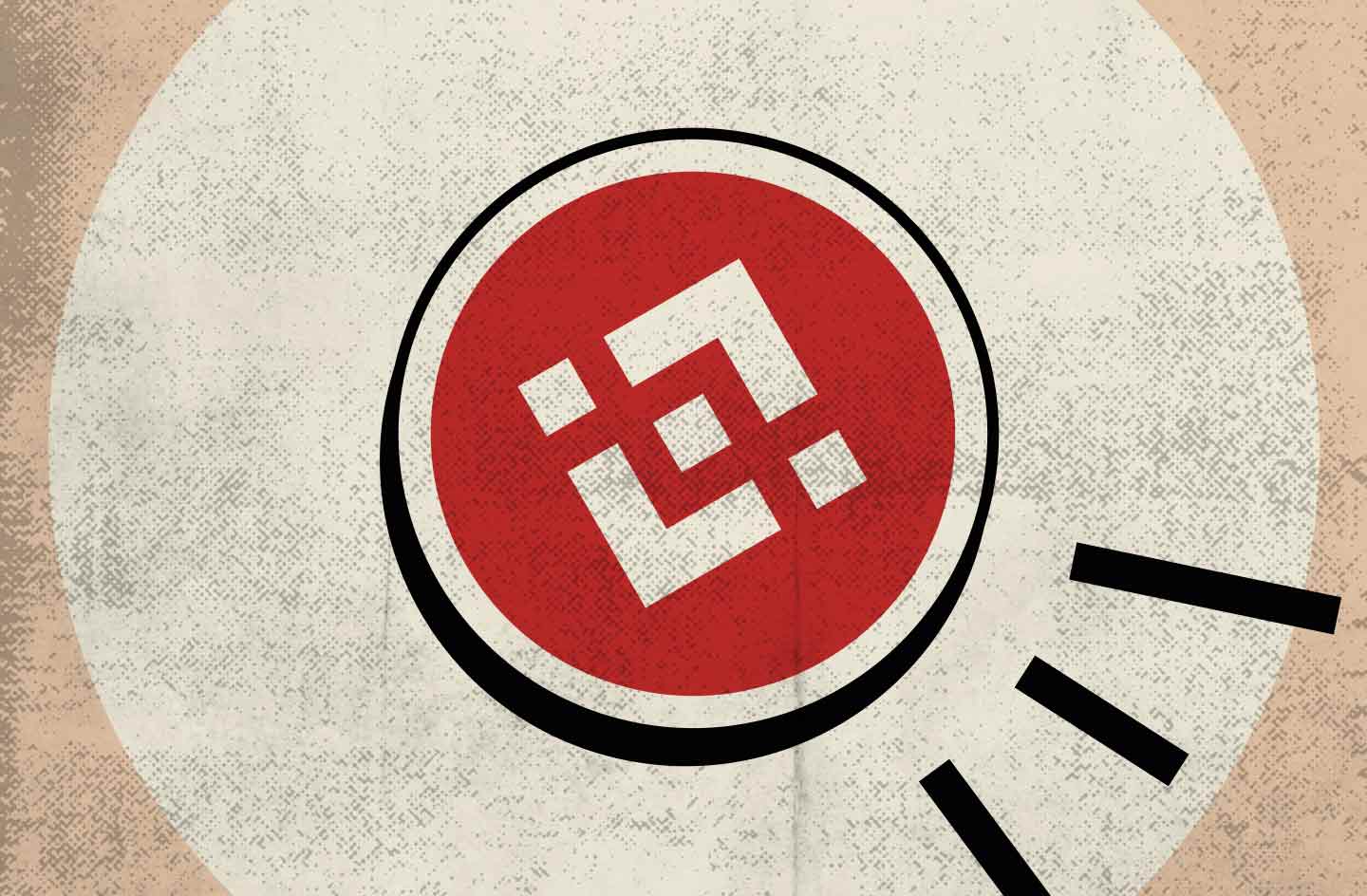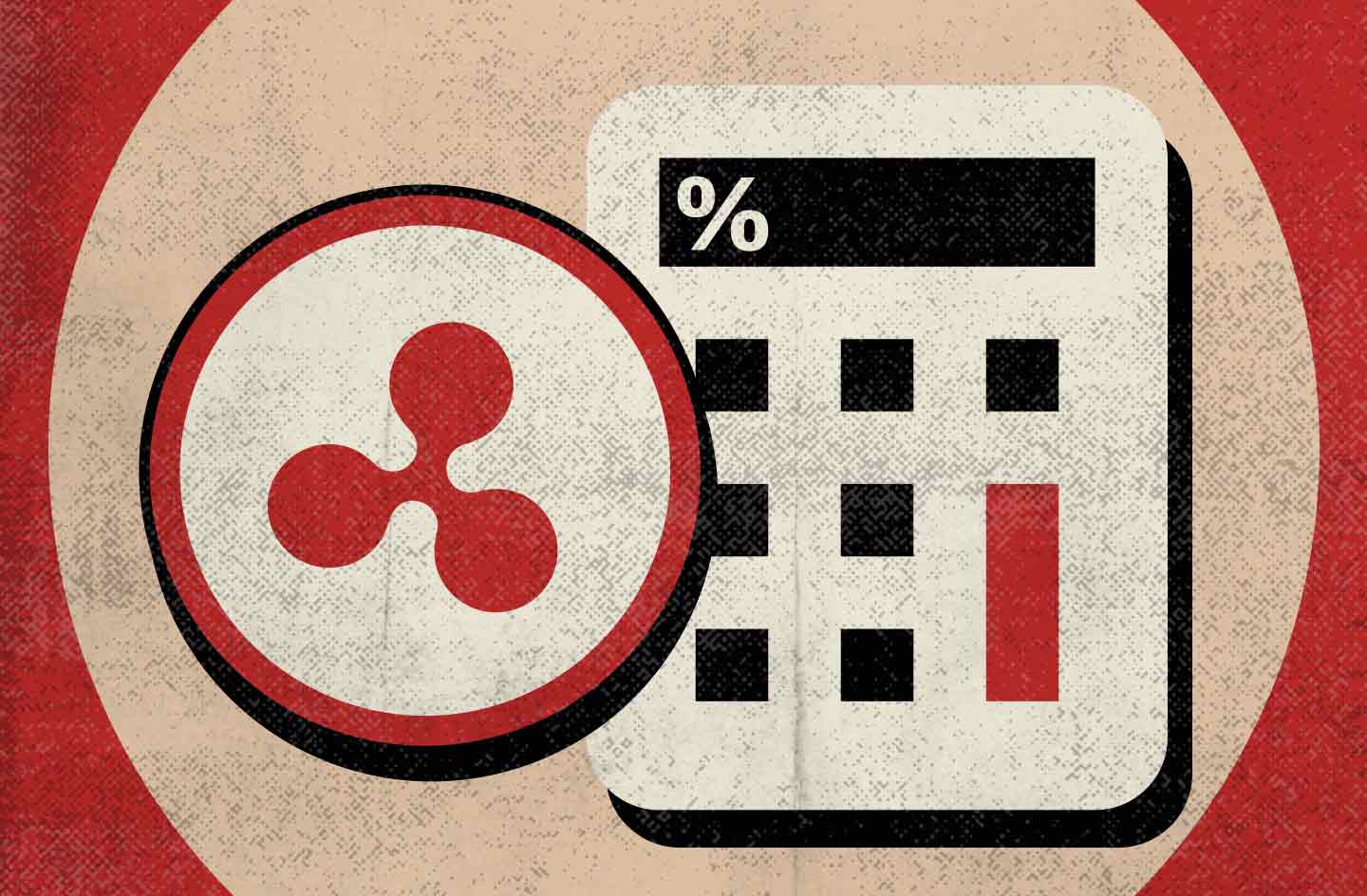Why Transaction Fees Are Needed

Every user who has ever made a crypto transaction has probably encountered commissions within the blockchain network. From the moment most blockchain networks were created, commissions have been and still are a mandatory part of them.
Having to pay commissions for cryptocurrency transactions negates blockchain spam, as large-scale spam attacks on the network become costly and impractical. Hence, one of the primary roles of commissions within the blockchain is to ensure network stability and data security. Additionally, commissions are an economic incentive for those users involved in the verification and validation processes of digital coin transactions.
The amount of the transaction that takes place through the blockchain network doesn’t affect the priority in processing a particular transaction. But some networks allow users to specify the amount of commission, increasing the priority of a specific transaction and speeding up the process of adding it to the blockchain.
What Determines the Amount of Commission

In some blockchain networks, fees are constant. In others, they depend on the number of active users at a particular time. For example, as traffic on the network increases, fees tend to grow. Hype in the cryptocurrency market can cause high traffic within the blockchain network. Accordingly, at times of severe market fluctuations, fees can increase.
Let’s take the top five blockchain systems as an example of how transaction fees are generated.
Commissions in the Bitcoin Network

Since Bitcoin is the first blockchain network, many other cryptocurrencies are guided by its commission standards. When mining BTC, commission is charged to the miner at the moment a new block of data is confirmed. The higher the commission per transaction, the more important the transaction is for the miner.
So, via some cryptocurrency wallets, such as Trust Wallet, Atomic Wallet, or Jaxx, users can set their own transaction fees, or not even charge any fees at all, but such transactions are unlikely to be processed. Miners tend to ignore suspiciously low internal network commissions and questionable transactions.
Calculating Commissions in the Bitcoin Network

Commission within the Bitcoin blockchain network is determined by the size of the transaction, which is calculated in bytes. For instance, if a transaction is 400 bytes, with an average fee of 80 satoshis per byte, the user will have to pay ~32,000 satoshis or 0.00032 BTC. In this case, the size of one block within the network is less than 1 MB and, accordingly, contains a limited number of transactions.
Users can set the commission level manually if they wish. Due to this reason, BTC transaction fees increase at times of high volatility in the crypto market and heavy traffic within the network.
Commissions in the Ethereum Network

The amount of commission charged for ETH transactions within the Ethereum network is determined by the amount of processing power or gas needed to conduct transactions. Gas has its own price, which is affected by the volume of network traffic at a particular point in time. For example, users can raise the price of gas per transaction by using cryptocurrency wallets, such as MetaMask, Mist, or MyEtherWallet. In this case, the processing of their transaction will be a priority for miners.
Calculating Commissions in the Ethereum Network

When calculating the final commission in the Ethereum network, the total amount of planned work is taken into account: the gas limit with which transactions are made and the current price of gas.
The cost of gas is usually specified in Gwei, the nominal unit of ETH. The final price may vary depending on the traffic within the network. The ratio between X (the gas limit) and Y (its current price) forms the total transaction fee. Let’s say the gas limit is 21,000, and the current price for gas is 71 Gwei. Therefore, by multiplying these figures, we get the total amount of commission for transaction processing — 1,491,000 Gwei or 0.001491 ETH.
Commissions in the Binance Network

There are two blockchain networks in the Binance ecosystem: Binance Chain and BNB Chain, previously Binance Smart Chain. Although these are two separate blockchains, the developers have made them fully interoperable. One of the main advantages of BNB Chain is the support for full-fledged smart contracts and the ability to deploy decentralized apps. Binance Chain lacks such features since it was created mainly for fast trading on Binance DEX.
Calculating Commissions in the Binance Network

Transactions with BNB, the native token of the Binance ecosystem, and the process of trading on the exchange are subject to different commission principles.
If a user deposits or withdraws BNB within Binance Chain, the commission is charged only in BNB. In the case of trading on the exchange, the user pays the commission in the digital asset involved in trading. Remarkably, payments are also possible in BNB and you get a discount. This promotes native token distribution and growth of the number of users of Binance services.
The commission for trading tokens on Binance is determined by the VIP status of the account. The higher the monthly trading volume on the exchange, the greater the status of the user’s account. As of August 2022, the maximum fee is 0.1% of the transaction volume.
When it comes to BNB Chain, the amount of commission is formed according to the principle used in the Ethereum network. That is, the commission calculation includes the gas limit and its average price. Users can set their own gas prices to get priority in transaction processing. Using the BscScan service, you can see the average price of gas in the BNB Chain network.
Commissions in the Ripple Network

Ripple is a cryptocurrency platform featuring a native token XRP running on its own protocol. When it was created, 100 billion XRP digital coins were issued, of which 39 billion were bought by users and 55 billion were frozen using smart contracts. Each year, one smart contract is burned, and 1 billion coins are sold. With each transaction within Ripple, a certain amount of XRP is burned, so the coin’s value increases after some time.
Ripple’s blockchain, the XRP Ledger, contains some mining, but the user is only rewarded for participating in the company’s developments and not as commissions for calculating transactions within the network.
Calculating Commissions in the Ripple Network

There’s a fixed fee set within the Ripple blockchain — 0.00001 XRP. This commission cuts off unnecessary transactions within the network and maintains its stability. The commissions charged are not remuneration but are burned within the network, reducing the number of funds in circulation.
Commissions in the Cardano Network

Cardano Settlement Layer is a blockchain network with a native token ADA and a fixed formula for calculating transaction fees. Cardano supports smart contracts, sidechains, and decentralized apps. Users can make peer-to-peer ADA transfers within the network and participate in staking. Holders depositing their ADA into staking serve as network nodes and validators.
Ouroboros Praos is Cardano’s Proof-of-Stake consensus mechanism. Cardano can perform up to 257 transactions per second, which is significantly higher than the same figure in BTC and ETH networks.
Calculating Commissions in the Cardano Network

The calculation of commissions in Cardano is based on a fixed formula. Consequently, as the price of Cardano’s native token changes, so does the amount of commission.
In the Cardano blockchain, the commission is calculated by the formula: a + b * transaction size. The “a” figure is 0.155381 ADA, and the “b” figure is 0.000043946 ADA/byte.
The figures in the formula to calculate fees were published about five years ago when ADA was $0.02 per coin. According to CoinMarketCap, as of September 1, 2022, ADA is $0.45.
Commissions in blockchain projects are integral to the stability, security, and performance of a decentralized network. Moreover, commissions serve as rewards for users supporting the network. Blockchain developers continue looking for efficient solutions to scale projects and are constantly working to determine the optimal amount of commission for users.










